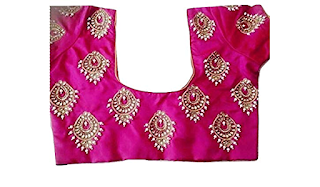Understanding the Evolution of Body Measurements in the Fashion Industry
In the fashion industry, several types of sizes are used to categorize and provide clothing options for individuals with different body shapes and proportions. Here are some common size categories in fashion:
1. Standard Sizes: Standard sizes are the most commonly used sizing system in the fashion industry. These sizes typically range from XXS (extra-extra-small) to XXL (extra-extra-large) or higher, with increments such as XS (extra-small), S (small), M (medium), and L (large) in between. However, it's important to note that the exact measurements and size ranges can vary between brands and regions.
2. Plus Sizes: Plus sizes refer to clothing designed for individuals with larger body proportions. These sizes typically start from around size 14 or 16 and go up, with variations such as 1X, 2X, 3X, and so on. Plus-size clothing is designed to accommodate different body shapes and provide a comfortable fit for individuals with curvier figures.
3. Petite Sizes: Petite sizes are designed for individuals who are shorter in stature. These sizes typically maintain the same numeric sizing as regular standard sizes (e.g., XS, S, M, L) but have proportionally adjusted lengths and measurements to better suit petite body frames. Petite clothing is designed to fit individuals who are usually 5'4" (162 cm) or shorter.
5. Junior Sizes: Junior sizes are typically used for teenage or younger women and often have a more youthful and trend-focused aesthetic. Junior sizes are characterized by odd-numbered sizes such as 1, 3, 5, etc., and tend to have narrower measurements and shorter lengths compared to standard sizes.
6. Maternity Sizes: Maternity sizes are designed to accommodate the changing body shapes and sizes of pregnant women. These sizes often feature additional room and stretch in the belly area to provide comfort and support during pregnancy.
It's important to remember that the availability and range of sizes can vary between brands and regions. Additionally, some brands may offer specialized size categories, such as athletic or curvy sizes, to cater to specific body types or preferences. It's always recommended to consult the sizing charts and guidelines provided by each brand to determine the best fit for your body shape and measurements.



Comments
Post a Comment